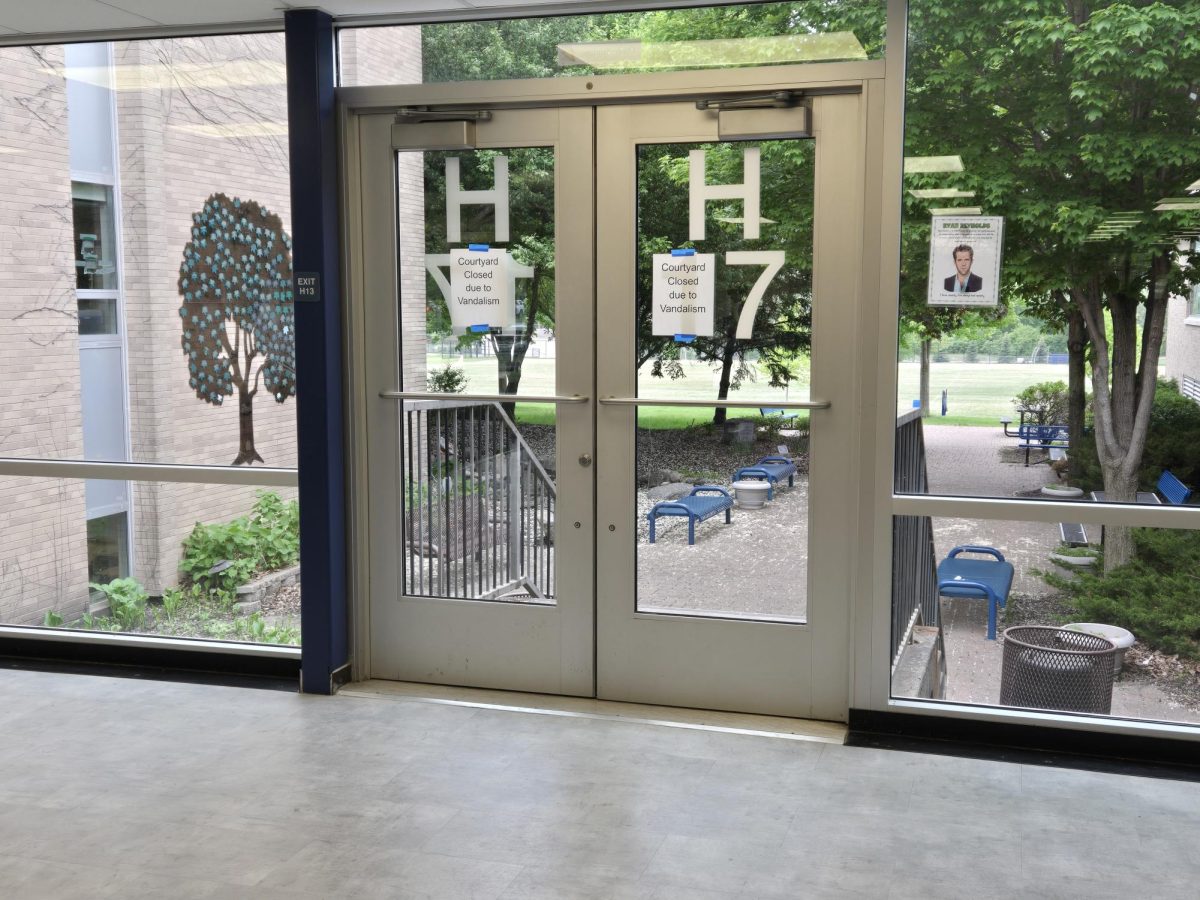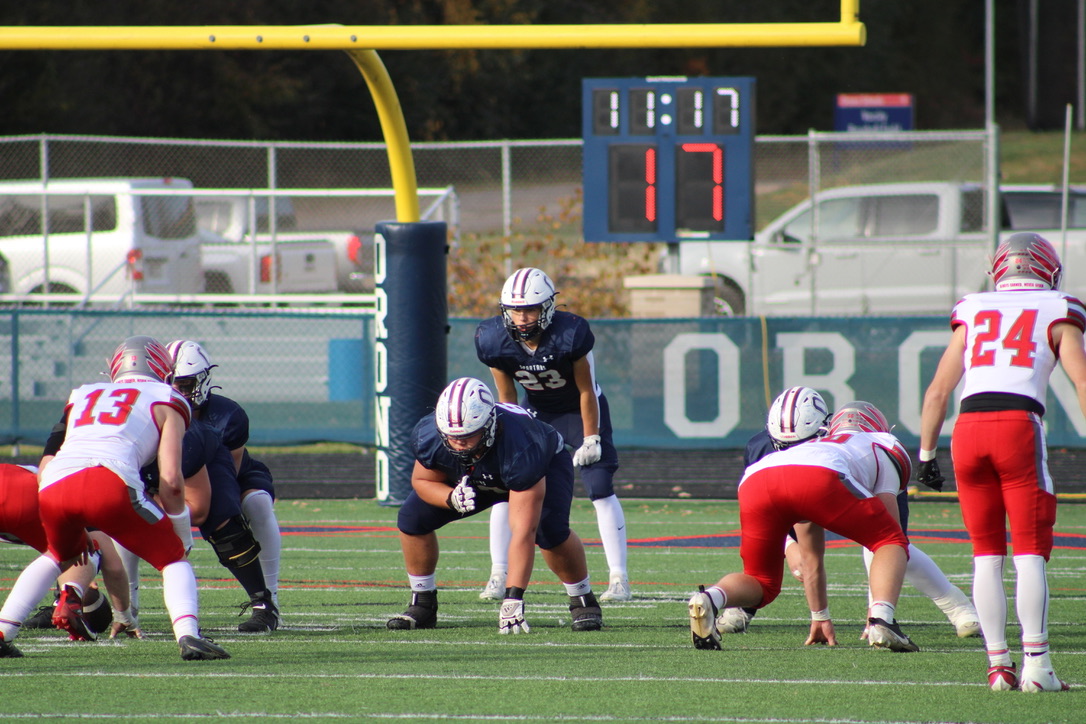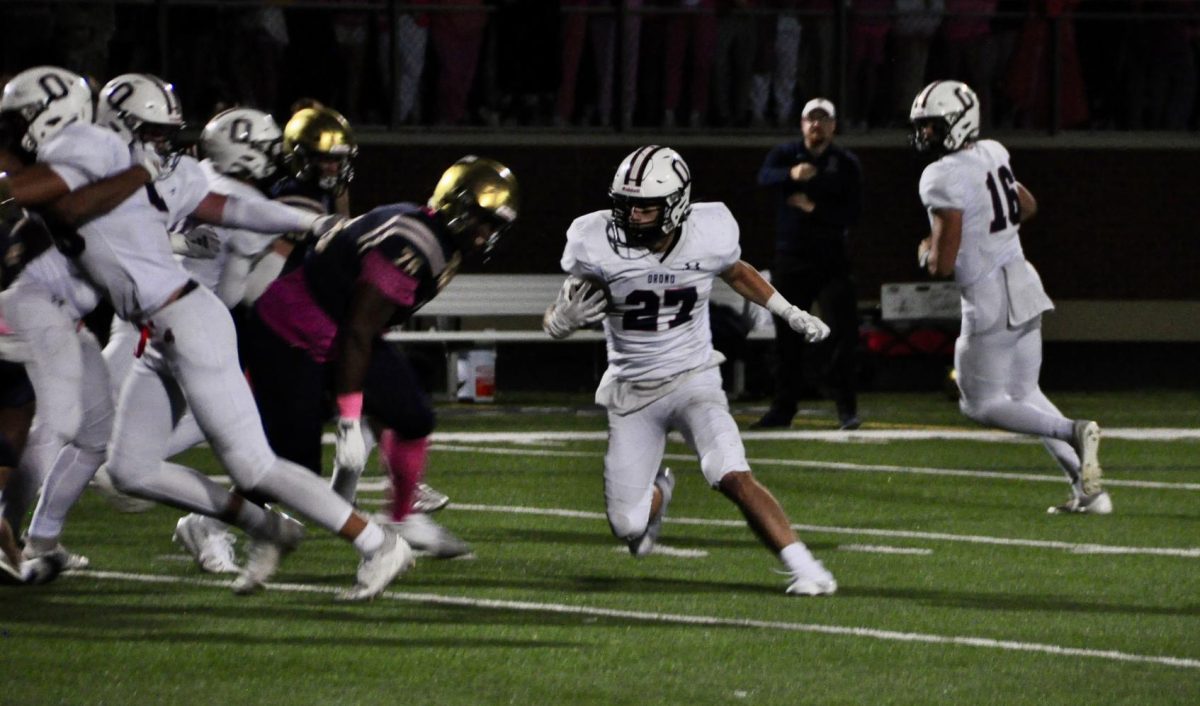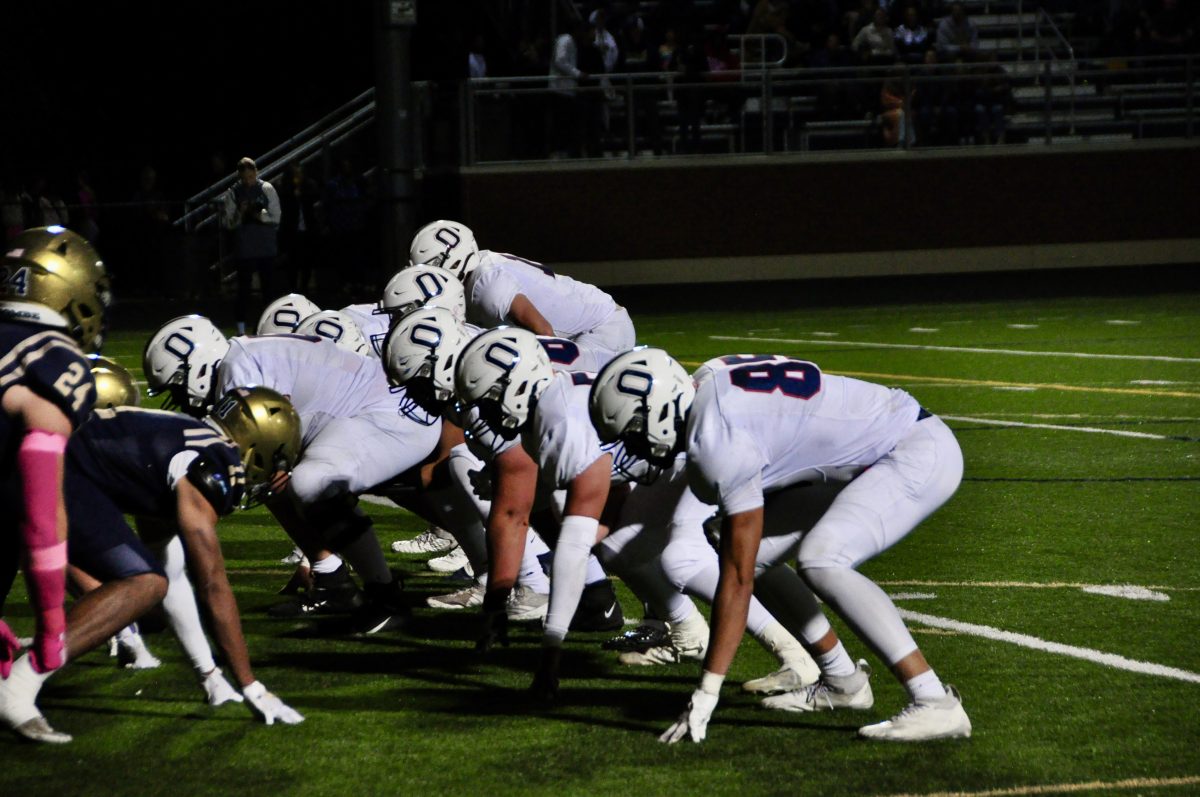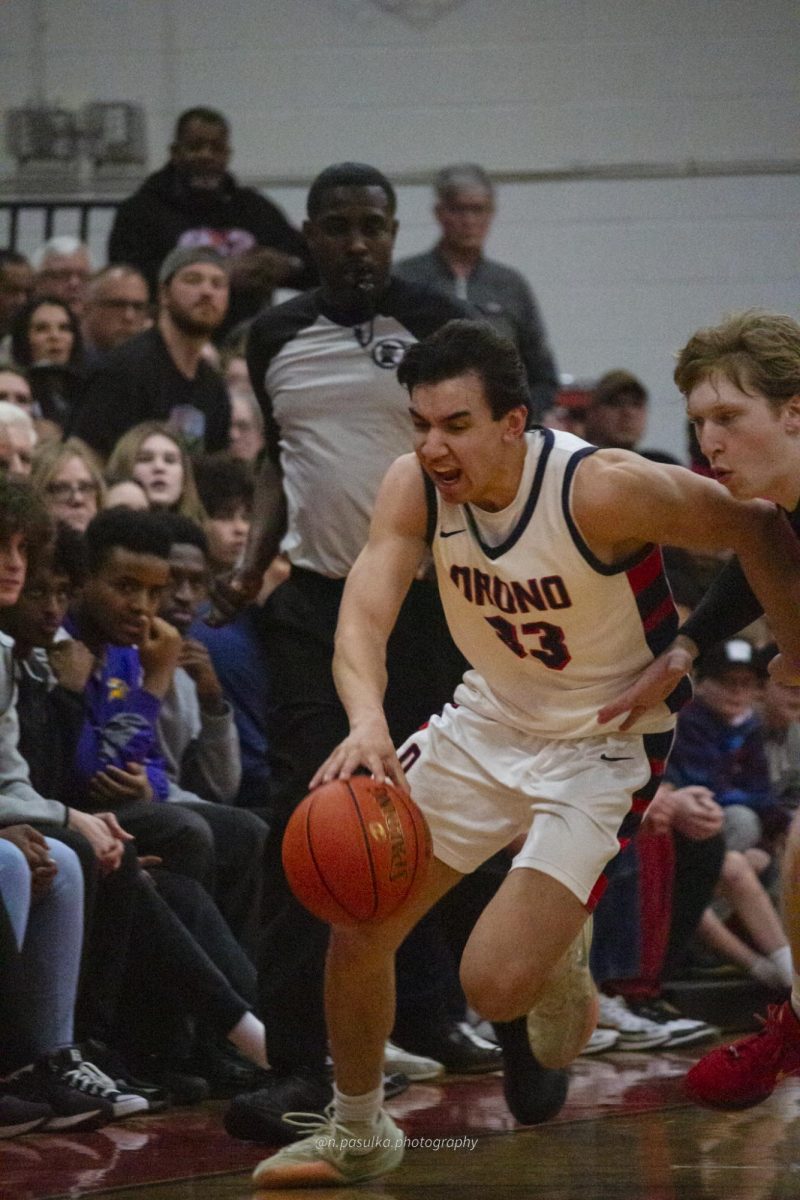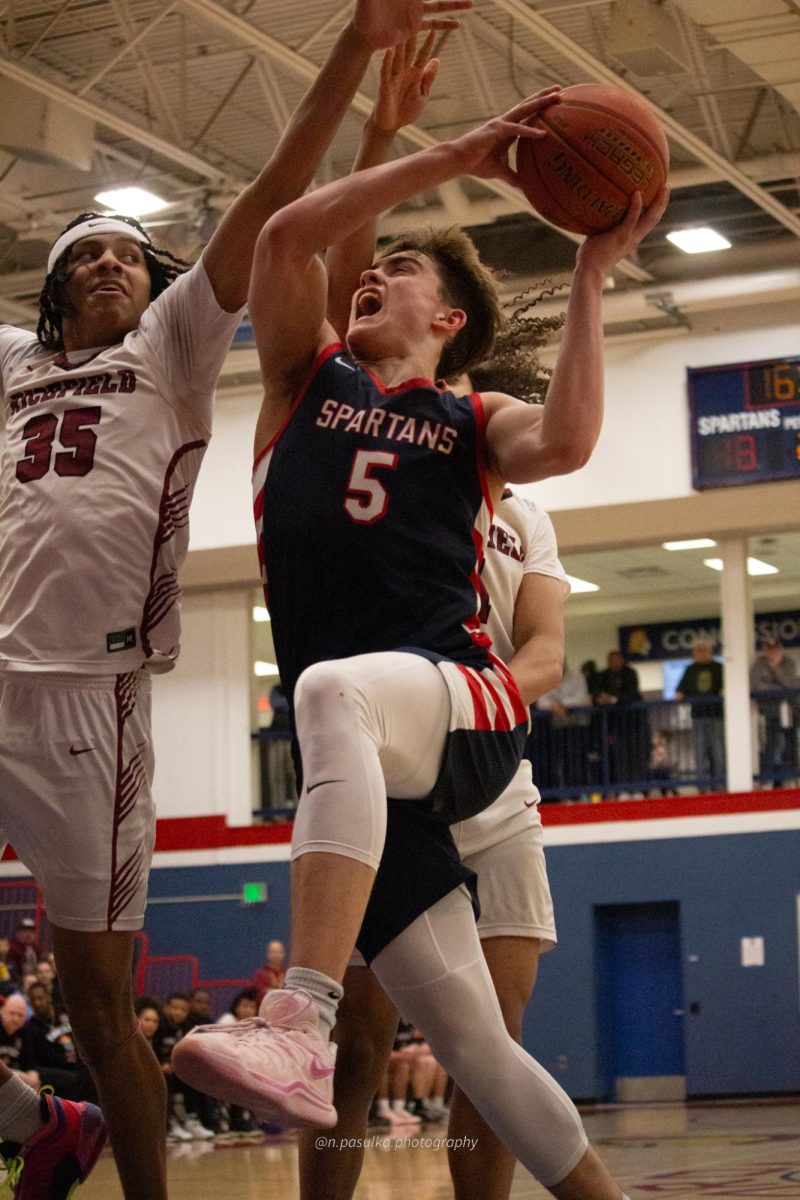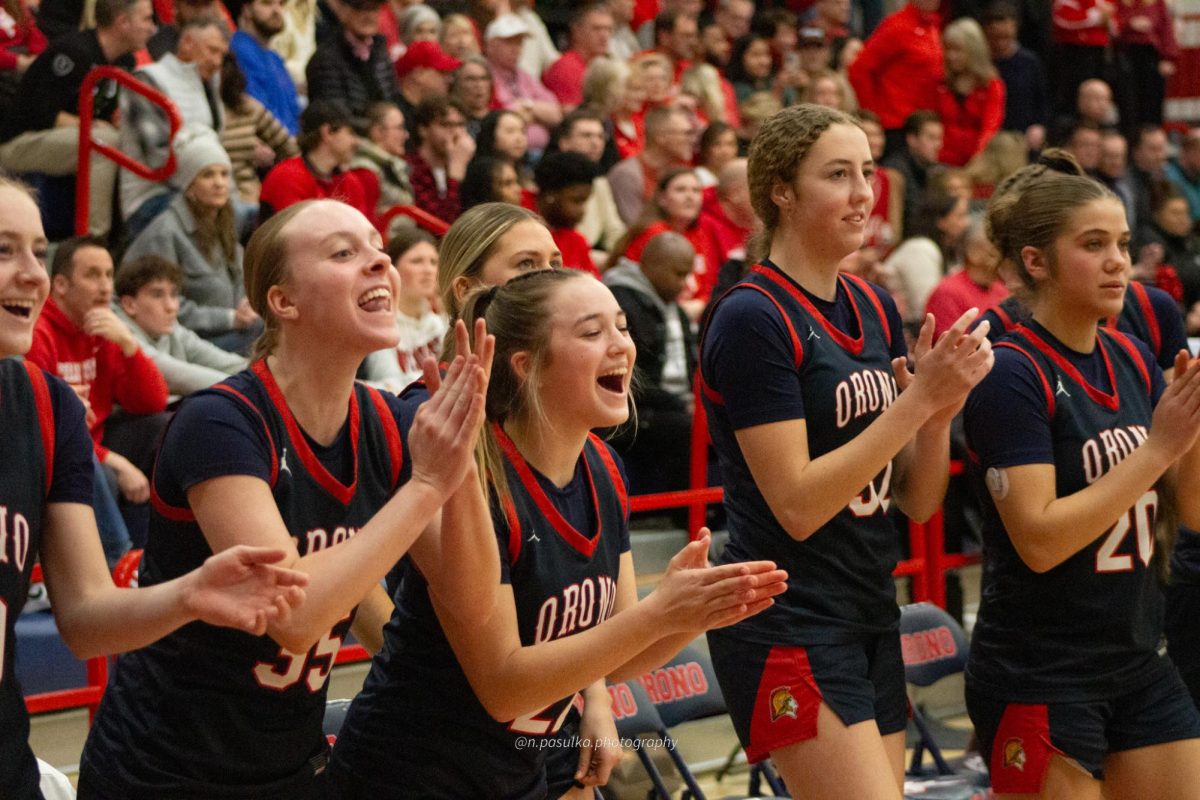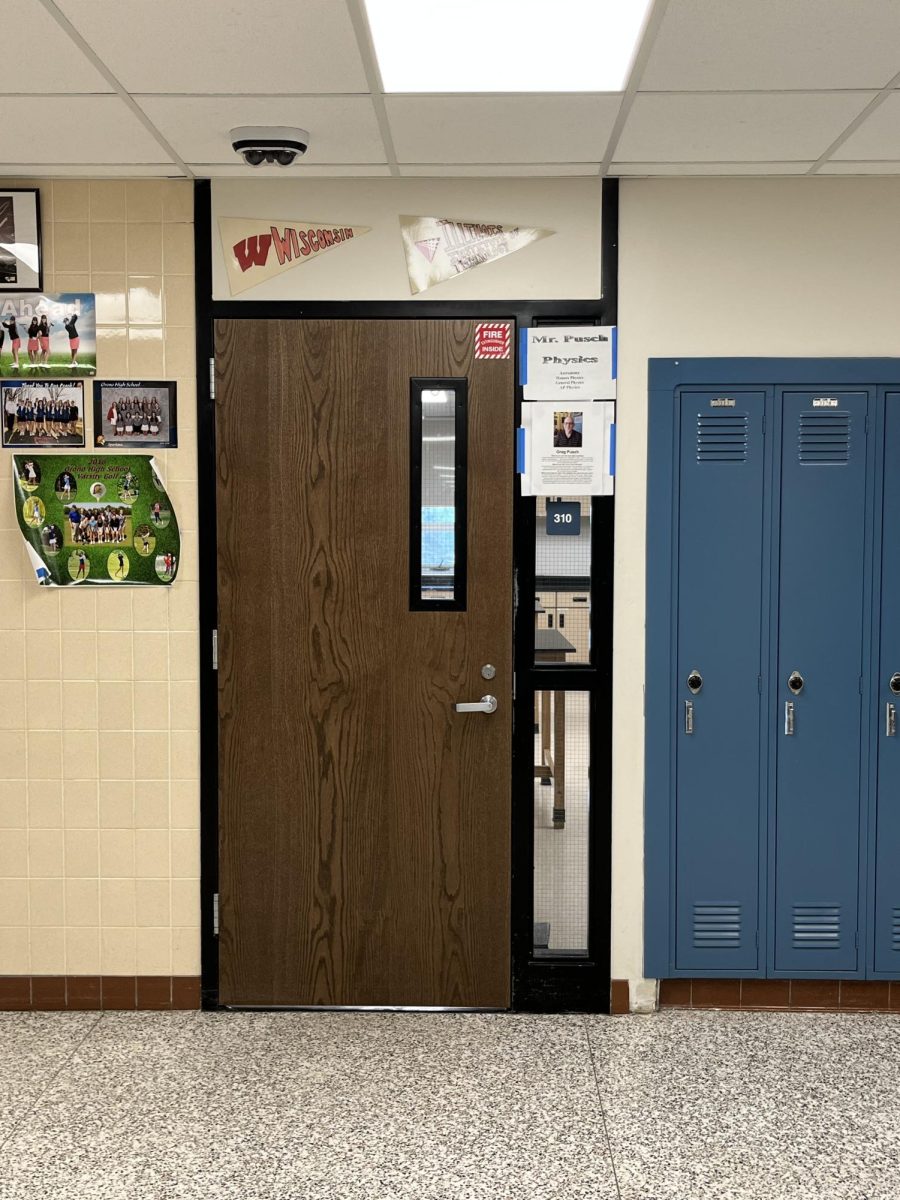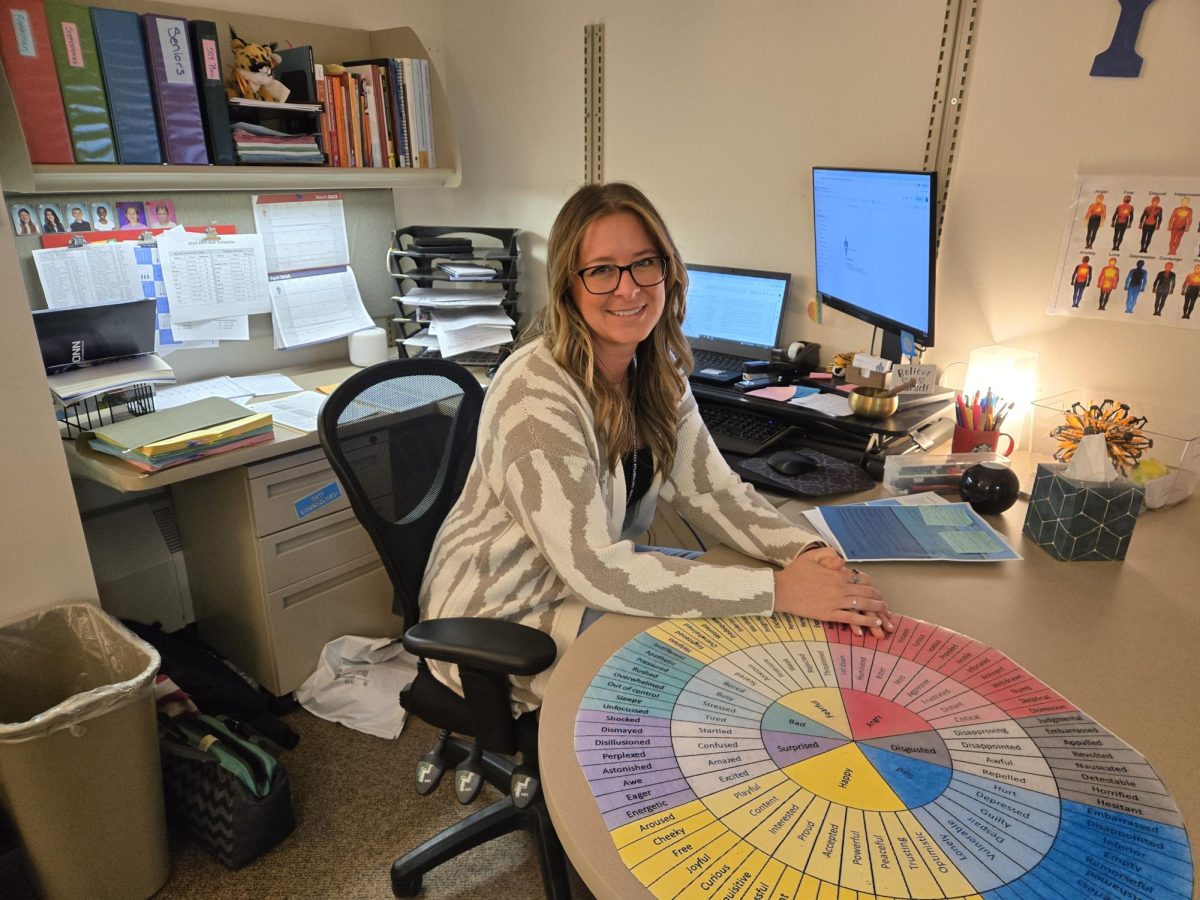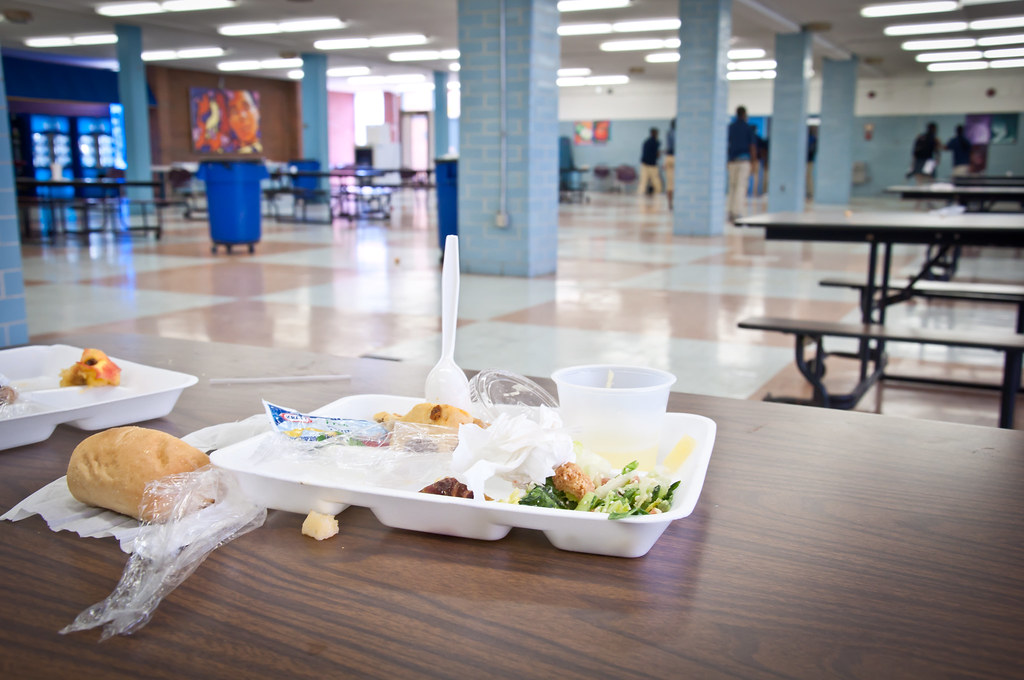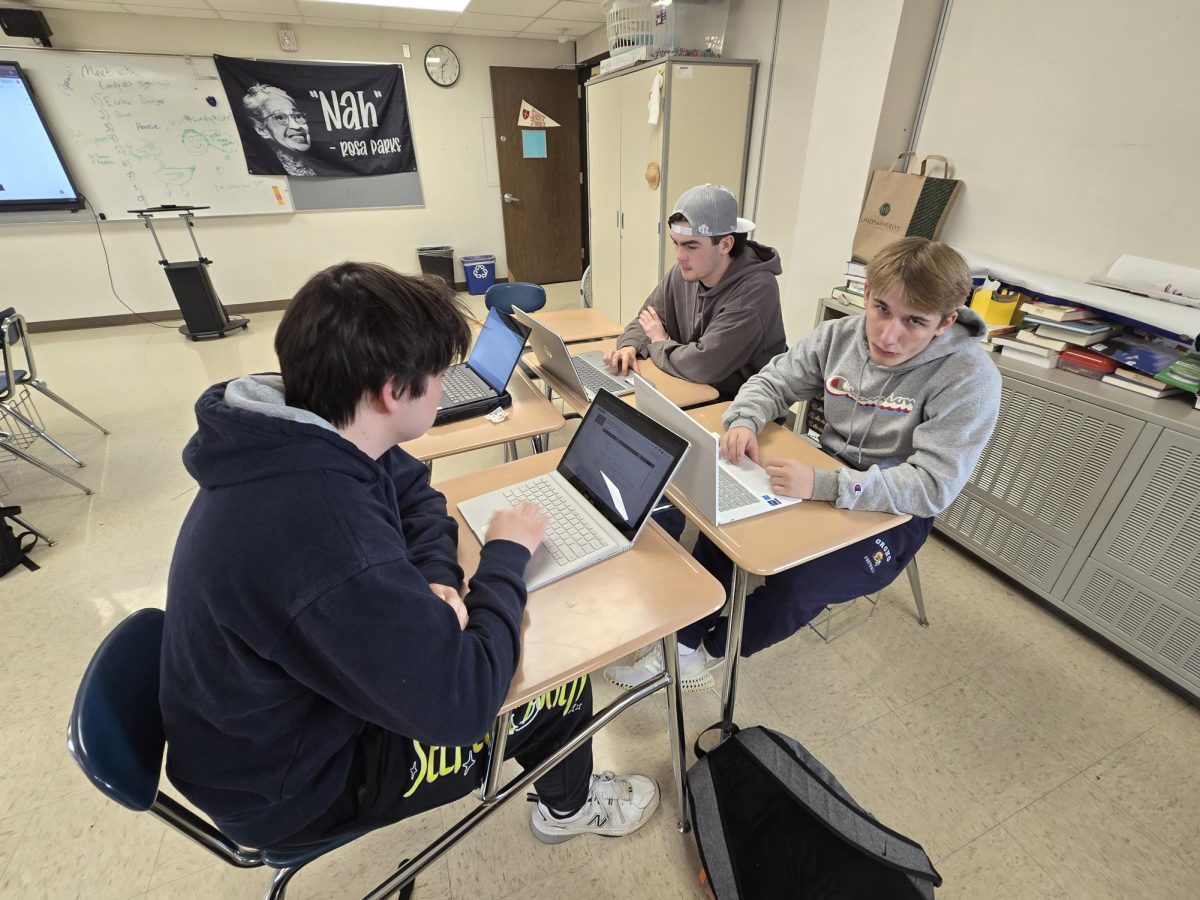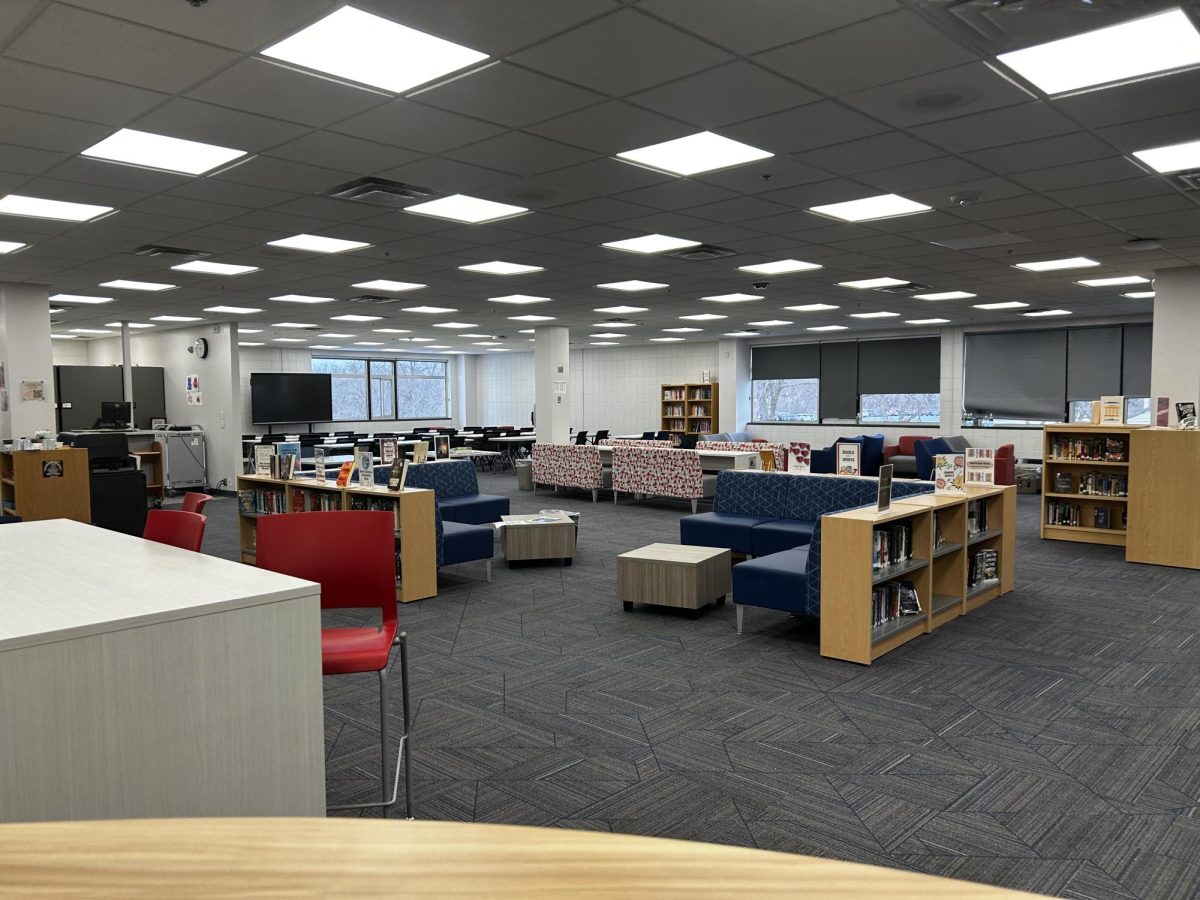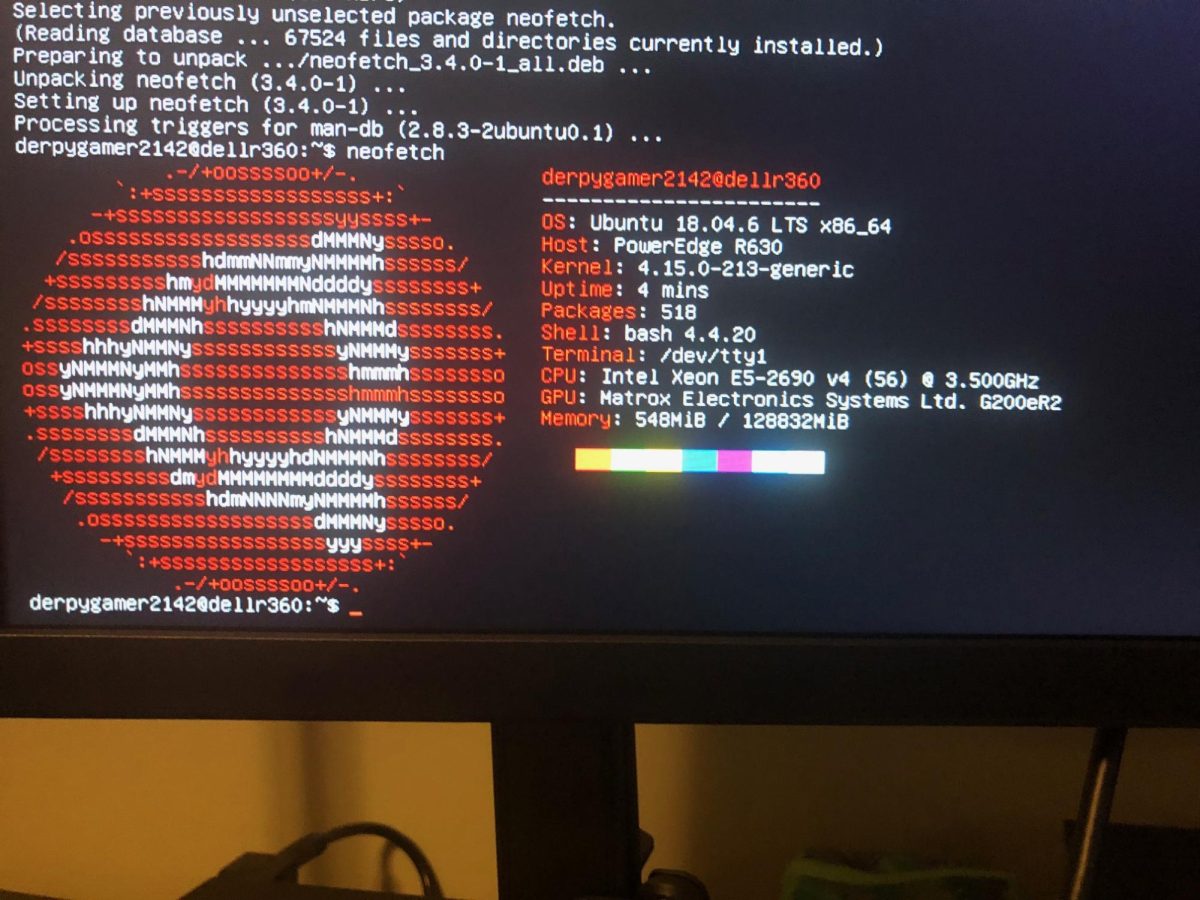Schools are beginning to regulate the quality and amount of homework based on the research showing homework can be detrimental if not used in the right way.
Starting about four years ago, the seventh grade program in Orono Middle School began a homework policy based on the collaboration of many educational researchers and the convictions of the local teachers and district. The seventh grade gradually began incorporating curriculum based on performance in summative assessment, or grading student mastery of concepts at the end of a unit and using the homework as a form of practice.
This system implemented at OMS is referred to as 99-1, as the grade percentile for formative assessments (homework) is only 1 percent, and the summative assessments are 99 percent of the grade. The website education.com explains the research behind the belief that homework can diminish the desire to learn if it only “impedes social time and creative activity.”
“Homework is practice. If you don’t give [students] any guidance while practicing, practice isn’t helping them,” said OHS math teacher Kevin Armstrong.
Armstrong’s no-homework policy echoes the sentiments of Paul Hamilton, teacher leader of the Alternative Teacher Professional Pay System at the Orono schools. He compares homework to the practice of a sports team.“I don’t have to grade my players every day at practice,” Hamilton said. He described practice as a daily way to improve players to prepare them to put forth their best effort in the game-the assessment in this case. This practice-oriented vision regarding the purpose of homework is a reflection of the changing job economy and its requirements.
Only a few years ago, it was not necessary to go to college; there were still many jobs available that did not require higher education. Now, however, there is a quota to meet. According to Hamilton, every student needs at least two years of college in order to acquire a job in this competitive market.
This shift of needs for higher education requires there to be a shift of needs in grade schools. Researching the effectiveness of homework in the way it is given and the amount given shows there is a change needed in the structure of homework in middle school and high school. The emphasis in the new system is on student learning, which is the main goal of an education.
After implementation of the new grading policy in seventh grade, there was a significant difference in the standardized testing results of OMS students. In the seventh grade science department, more than 70 percent of students were hitting or exceeding their growth targets. Only about 5-10 percent of groups nationally make those kinds of numbers.
Of the new system being adopted by Orono’s schools, psychology teacher Andy Gagnon said, “It may not give you all the points in the world, but you’re learning.”
Tessa Ostvig is the Visuals Editor for the Spartans Speaks.

Photo/ Tessa Ostvig





